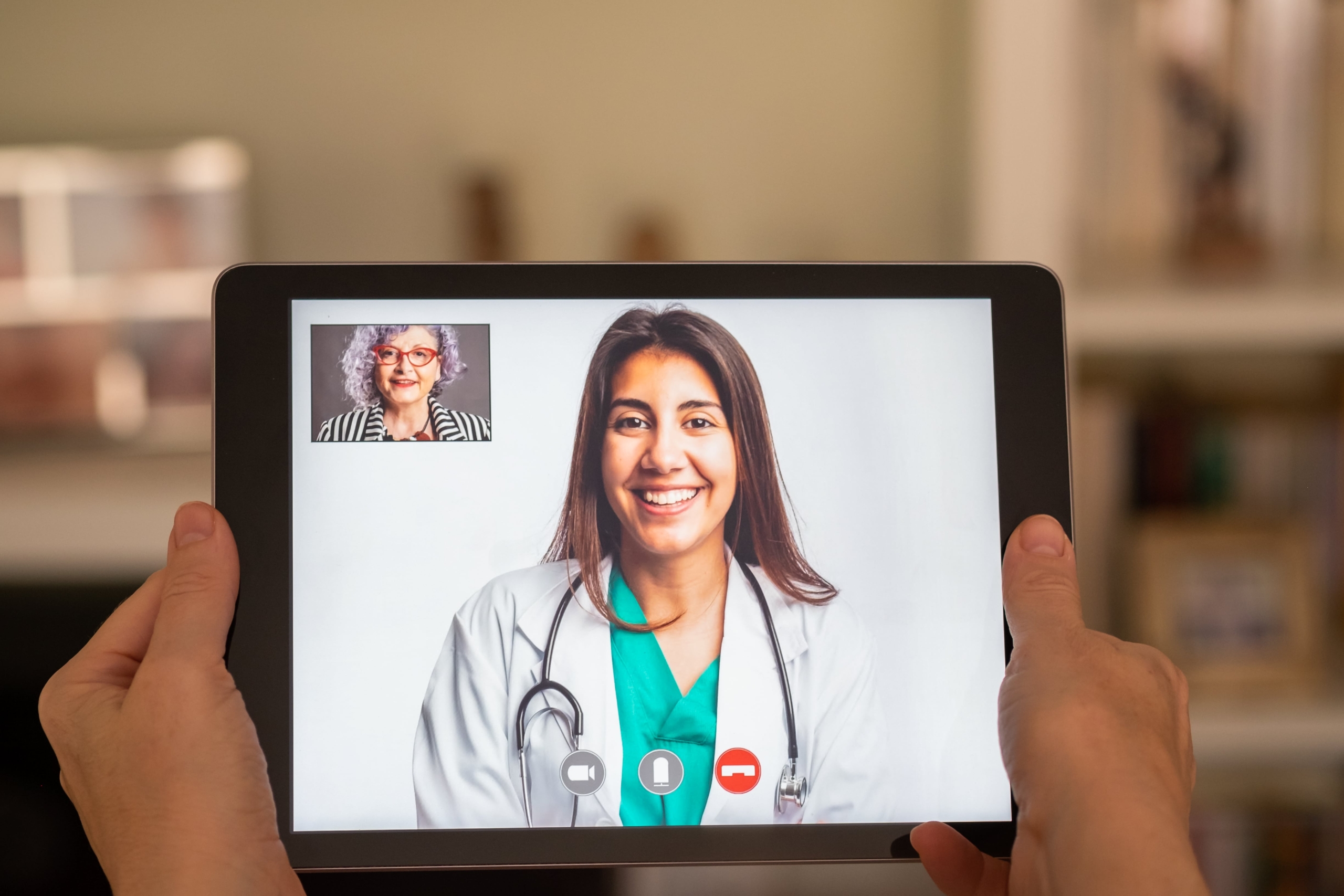I recently investigated refinancing my home. My first thought was, “Why can’t they make this easier?”
The first lender I dealt with made it so difficult to comply with the overburdensome requirements for various financial documents that I almost didn’t go through with the refinance. Instead, I looked at another vendor who made it easier, however, it took longer. Even with the inconvenience of taking longer, I still switched to the second lender because easier was such a draw.
The concept of “why can’t they make this easier?” truly crystallized for me, in another area of life, when I tried signing onto my patient portal in order to have a virtual physician appointment. The process was so cumbersome with multiple downloads and re-signing into the system, I almost canceled the appointment. Instead, I called the office for assistance, but was bounced around from telephone extension to telephone extension, never speaking with a human person. Finally, by some digital miracle, I was connected to my doctor, but alas, he was 45 minutes late. Apparently, virtual still doesn’t mean timely or easy. Accessing health care in the contactless space of the pandemic, now more than ever, should be uncomplicated, if not effortless. We have much work to do.
Easy made me switch lenders, though I’m not sure if I will find another physician that is any more available or timely. I would switch, however, if I did find a health care provider that was on time, thorough, staff that was responsive and virtual visits were efficient. Bye Felicia!
Can the patient experience be easy?
Why is it important in a blog about Patient Experience that I am focusing on the concept of easy? Patients are dealing with enough in their lives in addition to their health care needs. Is it a pipe dream to just make it easier for them to schedule an appointment or have a virtual doctor’s visit? What exactly does it mean to make it easy for them? Easy is a means to an end. The process should be simple, clear, straight-forward with redundancy and obstacles removed.
I strongly believe in the concept of making it easier for patients, not just because it makes perfect sense to do so, but also to build engagement, loyalty, and commitment of the patient to follow up and follow through. For me, it is a fundamental principle to enhancing the Patient Experience.
When health care organizations first embarked on the journey to improve the Patient Experience and improve satisfaction, lofty goals were set. These goals included the catchphrases of “delighting our customers or patients” or “exceeding expectations.” Perhaps we should start with the basics of making the Patient Experience journey accessible, smooth, uncomplicated, and, indeed, easy. I think it would delight our patients if they did not have to work so hard at getting their needs met. Waiting 20 minutes for a call bell to be answered or 45 minutes for pain medication by way of common examples. Wasn’t this the basis of hourly rounding and the concept of the 4 “P’s” (positioning, personal needs, pain, and placement)? Leaving the room by asking, “Is there anything else I can do for you?” Anticipating needs?
What the Customer Effort Score (CES) can do to help
The question then comes to mind: is there a way to measure “easy” and the impact on experience? Dixon, Freeman & Toman (2010), based on their research, developed the Customer Effort Score (CES). This tool measures how much effort the customer (in our case, patient) expend in order to solve their problems, purchase an item, or have a need met. “When it comes to service, companies create loyal customers primarily by helping them solve their problems quickly and easily. Armed with this understanding, we can fundamentally change the emphasis of customer service interactions.”
The CES is measured by asking a single question: How much effort did you personally have to put forth to handle your request? It is scored on a scale of 1: “very low effort” to 5: “very high effort.” Customers that rate an organization as having “very low” effort to interact with a product or service will have greater impact on loyalty and enhance the experience overall. If healthcare organizations started to measure CES as one of the metrics to measure experience, they would have greater insight in building loyalty while enriching the experience of patients and staff. As we know, patients and their families are customers in every business exchange they have and dealing with the healthcare system does not make them any less so. It makes it more important that we make it easy to interact throughout their healthcare journey. It is just not in the hospital system that we need to make things easy for patients but every interaction where their healthcare is impacted. I am thinking of elder care, for example. Imagine the high effort score elderly patients rate throughout their health care journey. From selecting Medicare Supplemental plans to understanding their medical bills, knowing the CES for this population could create fundamental improvements in the care provided to them.
Consider CES for another population. Do we make work easy for our caregivers and hospital staff? What is the ease of their journey when it comes to practical things like supplies and equipment that are conveniently located, available, and in working order?The layout or design of the hospital, clinic, or care center must be conducive to efficient work. Duties and responsibilities must be aligned with appropriate staffing levels and competencies. Systems and processes must be hardwired so that new employees have an easier transition and onboarding process. This is just the tip of the iceberg when we think about designing healthcare systems that enhance experience for all stakeholders.
Easy and efficient
Healthcare workers have an exceedingly difficult job to begin with; as administrators and leaders, we must not add to the difficulty, but find ways that make sense and make it easier, not harder, for our valued employees. It is inevitable that eventually negative energy as a result of stressed employees will be transmitted covertly or overtly to patients in their care. Certainly, this is not the outcome health care leaders want. Therefore, as organizations moved toward a culture of patient centricity, employees must be engaged in order to be the advocates they know they are. If patients are to achieve their optimal level of wellness, then let’s’ start with making it easy.
Sources:
DeBleecker, I. (February 1,2021). 4 Ways Customer Experience will change in 2021. CMS wire.
Customer Experience in 2021: Expand Your Digital Footprint (cmswire.com)
Dixon, M., Freeman, K.& Toman, N. (2010, July-August). Stop Trying to Delight Your Customers. HBR.
Stop Trying to Delight Your Customers (hbr.org)
Gingiss, D. (May 21,2018). How to ‘Do Simple Better’ in Your Customer Experience. Forbes.
How To ‘Do Simple Better’ In Your Customer Experience (forbes.com)






